
Iconic Asian animals in contention for ‘New Big 5’ of wildlife photography – successor to colonial trophy hunters’ African ‘big five’
- India’s Bengal tiger and the orangutan of Southeast Asia are in the frame for a ‘New Big 5’ list of the most valuable wild animals for wildlife photography
- Its British instigator says ‘Shooting with a camera, not a gun is a far better way to celebrate wildlife than the old big five of hunting’
Nature is in crisis, with more than a million species at risk of extinction. The next decade will be critical in determining whether some animals, such as the African elephant, cheetah, and lion, survive in the wild.
Two Asian species – the orangutan, native to Southeast Asia, and the Bengal tiger of India – are among the contenders.
The project is the brainchild of British wildlife photographer and journalist Graeme Green.
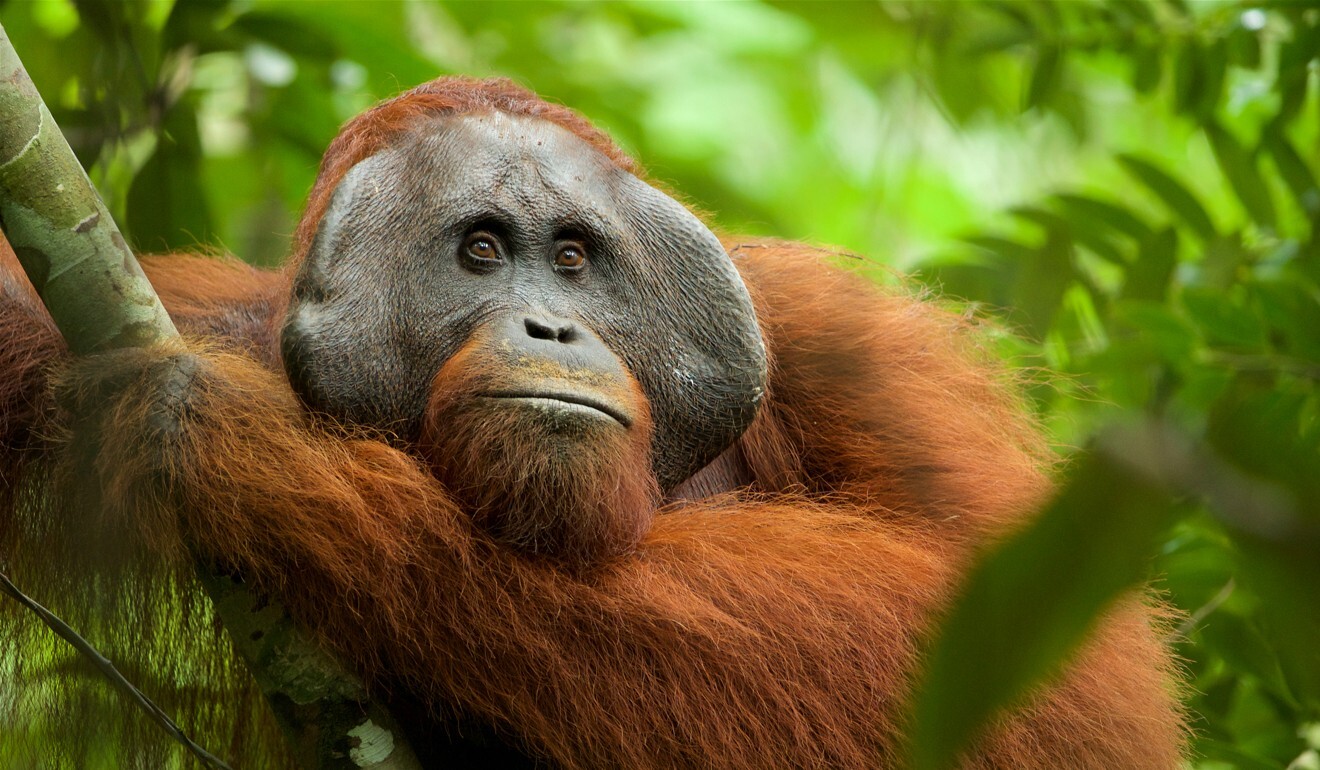
The “big five” was a term coined by big-game hunters in colonial times and refers to the lion, the leopard, the rhinoceros, the elephant and the Cape buffalo. The list represents the five toughest animals in Africa to shoot and kill while on foot.
“The ‘New Big 5’ is a celebration of wildlife photography and the incredible animals that exist all around the planet,” says Green. “Shooting with a camera, not a gun is a far better way to celebrate wildlife than the old big five of hunting, and it’s a way to create something powerful and lasting.”
The project sets out to update and globalise the list of “big five” species, and also among the contenders for inclusion are the polar bear, grizzly bear, gorilla, and elephant. The project is intended to get people talking and thinking about the world’s wildlife, and as something positive to focus on during coronavirus lockdowns.
I want to use my camera as a great weapon to raise the awareness of the public of China to value more of China's own wildlife and nature
There is a serious message behind the campaign. “I’ve been all over the world in the last 20 years, and to see the impact humans are having on the natural world is disturbing,” says Green, who has worked and travelled extensively in Asia.
In Asia, there has been a rapid decline in the numbers of orangutans in Indonesia and Malaysia as their habitat has been lost to logging and palm oil plantations, while only around 3,900 tigers remain in the wild.
The International Union for Conservation of Nature recently reported that around one million animal and plant species are threatened with extinction, many within decades, and more than ever before in human history.
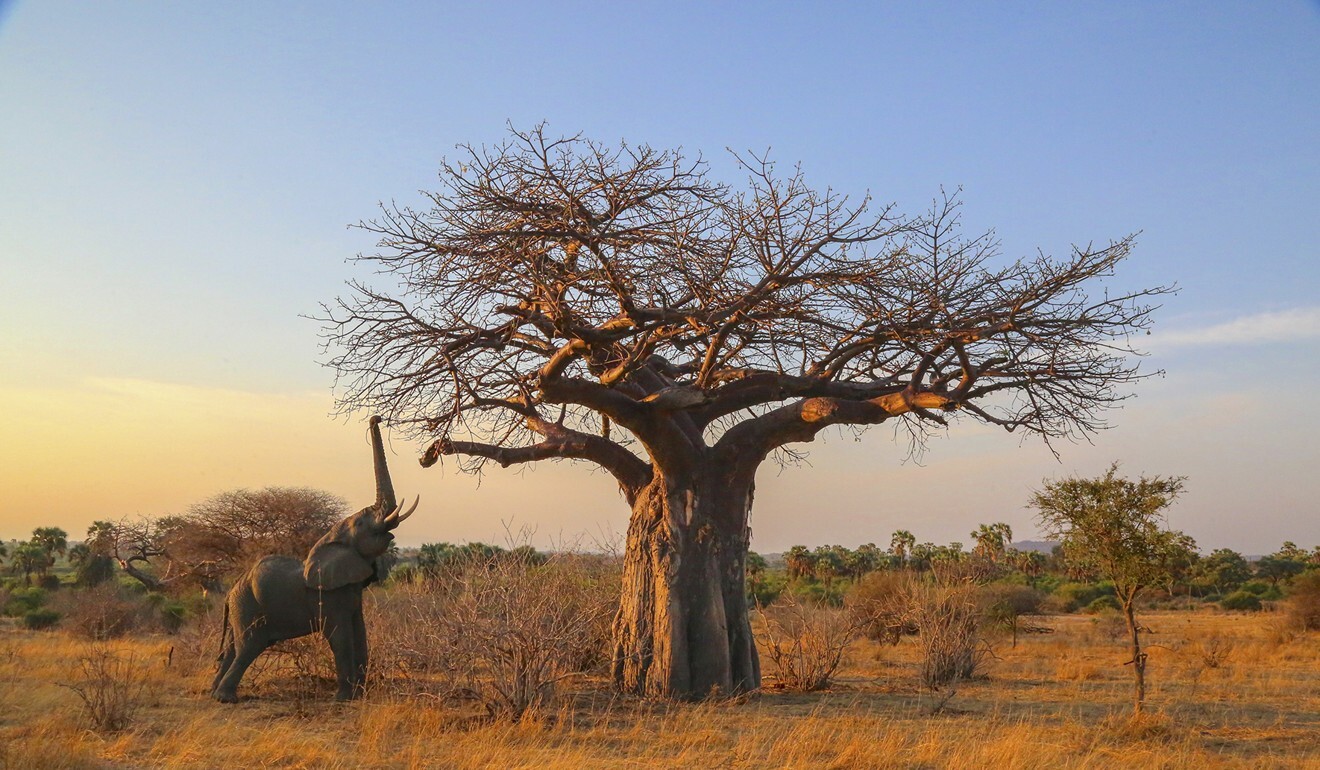
Of the three species of orangutan, there are now fewer than 800 Tapanuli orangutans left in north Sumatra, Indonesia.
“My daughter Mahima as a child called orangutans ‘orange people’, and they truly are,” says Pavan Sukhdev, president of WWF International, whose “New Big 5” are the orangutan, tiger, elephant, otter and meerkat.
“As with all kids growing up in India, the power and spirit of the tiger is never far away,” says Sukhdev. “My fascination for this animal and then for its home, the Indian forest of the night, no doubt led to my passion for conservation.”
Why animal rescue centres need your help amid virus lockdown
Wildlife photographer and documentary maker Xi Zhinong, who is also supporting the project, says that attitudes to wildlife in China are very different to those in much of the rest of the world.
“I want to use my camera as a great weapon to raise the awareness of the public of China to value more of China's own wildlife and nature,” says Xi, a previous winner of the BBC’s Wildlife Photographer of the Year prize. “In China, people pay less attention to wildlife, and my job is very pioneering and challenging.”
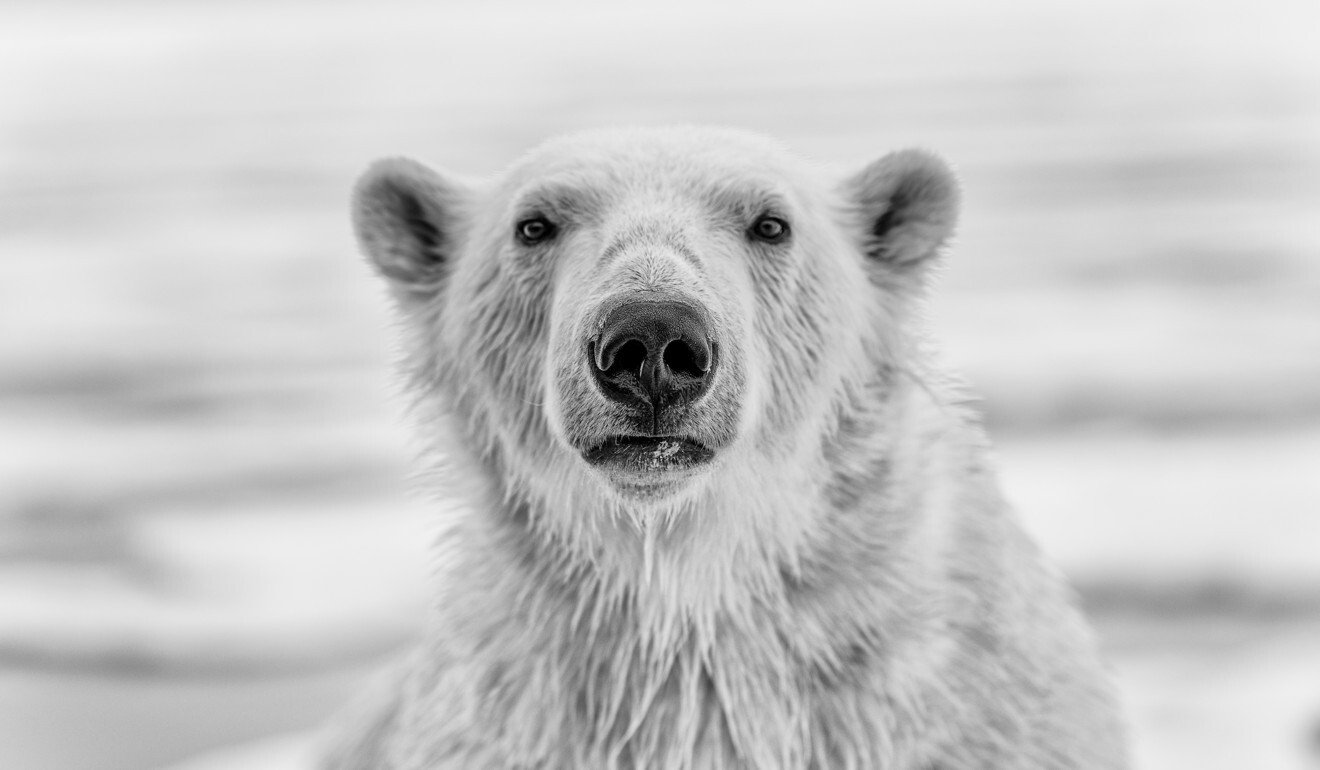
“In my opinion, the Yunnan snub-nosed monkey should be known as the ‘king’ of the Yunnan wildlife kingdom,” Xi says.
“First, they are the monkeys living at the highest altitude of all the snub-nosed family, in the snow mountain area. Second, the Yunnan snub-nosed monkey is the monkey that is most like humans … they even have the hairstyle of David Beckham!”
More than 100 photographers and international charities are supporting the “New Big 5” project.
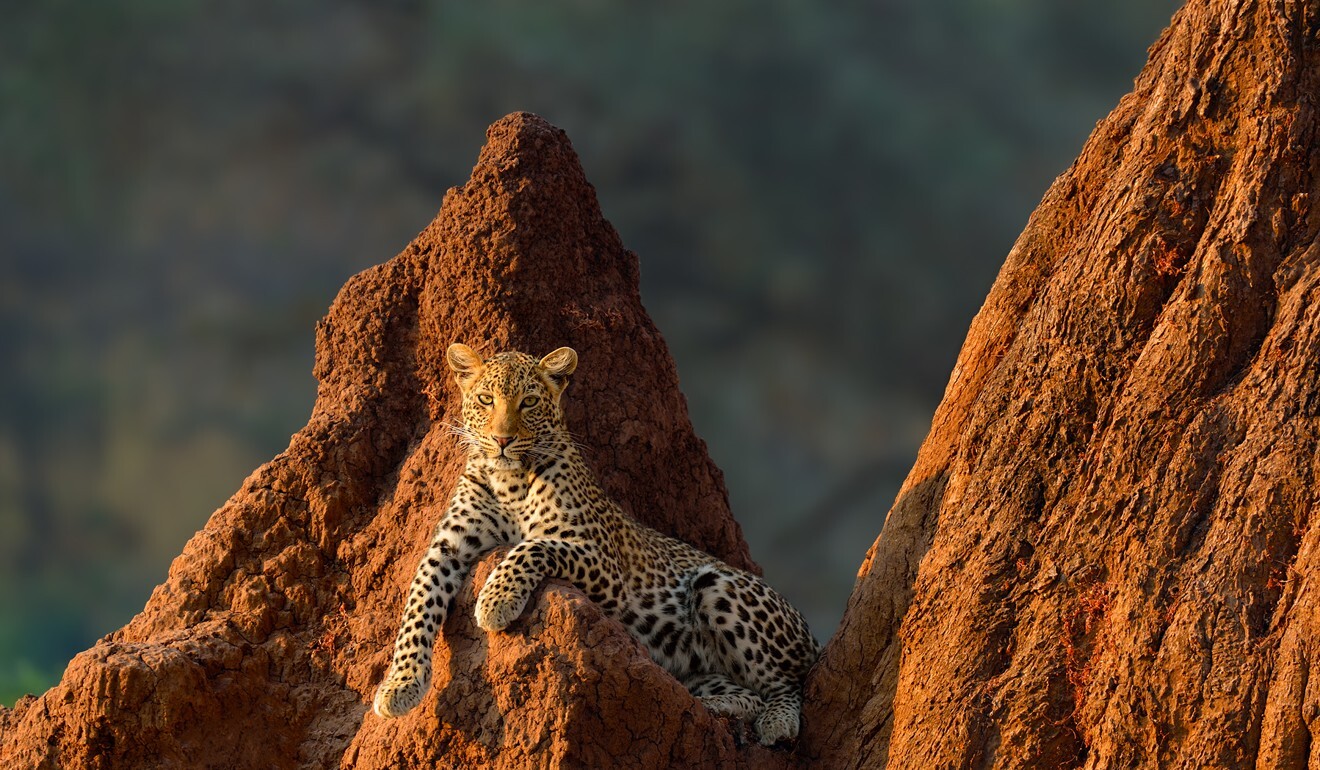
“It’s a simple idea I came up with years ago while on a photo assignment,” says Green. “It felt to me like something that should exist.”
Voting will be open until October, and the results will be announced later in 2020.
Five shocking facts about the plight of wildlife … and five success stories
African elephants could disappear by 2039 if greater protection of the species is not enforced. (Source: Sheldrick Wildlife Trust)
African lion numbers have fallen from 200,000 to 20,000 in just 50 years. (Source: WildAid)
Around 200,000 pangolins, the most trafficked mammal in the world, are being killed each year. (Source: cited by the charities Save Pangolins and Born Free Foundation)
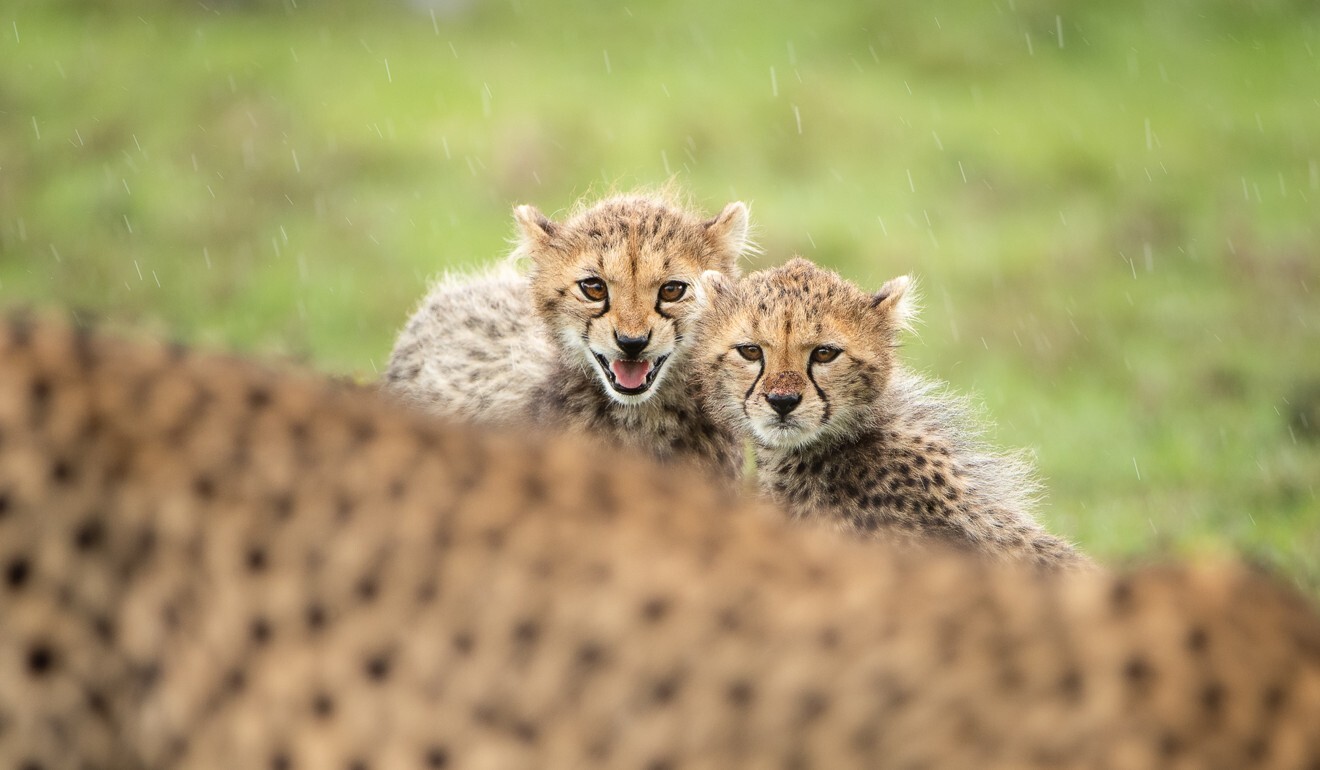
There are only 7,100 cheetahs left in the wild. (Source: Cheetah Conservation Fund, Born Free Foundation)
Amur leopards that roam the Russian Far East are down to just 80 specimens in the wild. (Source: WWF)
African black rhino numbers are rising thanks to conservation efforts and protection against poaching. (Source: Save The Rhino International)
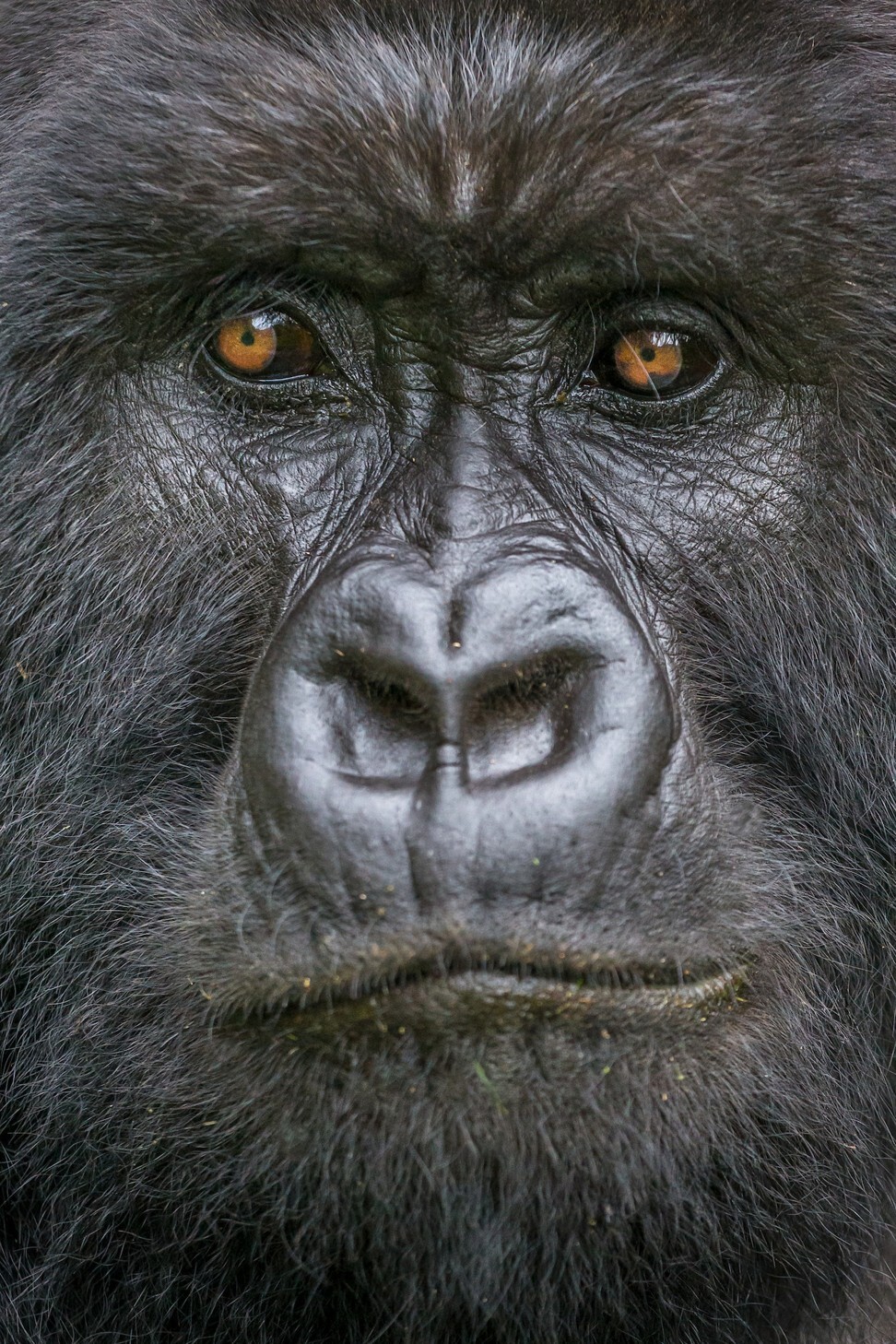
Populations of mountain gorillas have doubled in the past 30 years, thanks to the work of rangers in protecting their habitats. (Source: Dian Fossey Gorilla Fund)
The population of West African giraffes in Niger was brought back from 49 to 400 through community protection measures. (Source: Giraffe Conservation Foundation)
To help giant pandas survive in the wild, China has increased forest coverage, protected existing habitats and corridors, and reforested parts of the species’ habitat; giant pandas have gone from being classified as “endangered” to “vulnerable”. (Source: WWF)
The international ban on trade in ivory, passed in 1975, and China’s ban, decreed in 2017, have reduced the rate at which elephants are being poached for their tusks. (Source: Save The Elephants)

